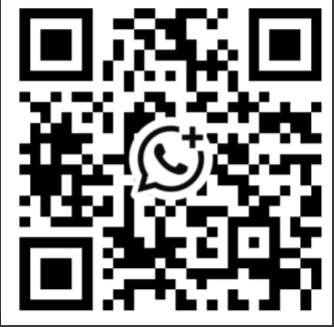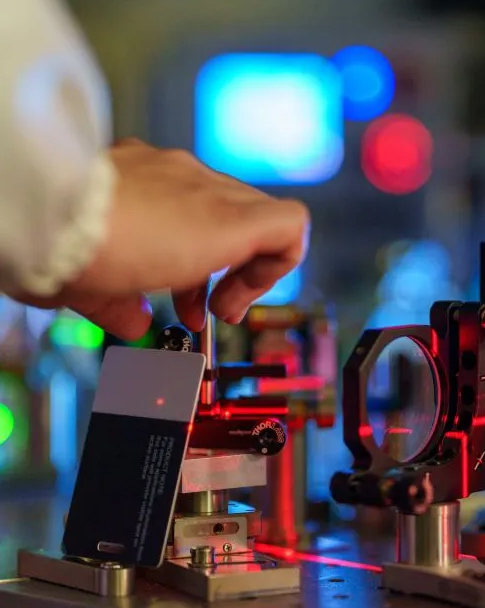
In modern healthcare, accuracy and patient comfort are equally critical. Vein visualization technology has emerged as a key solution that combines both. By using light-based imaging—most often near-infrared or projection mapping—devices such as a projection vein finder allow clinicians to see subcutaneous veins in real time. This innovation improves first-attempt success rates, reduces patient discomfort, and supports safer, more efficient clinical procedures across a range of settings.
 |
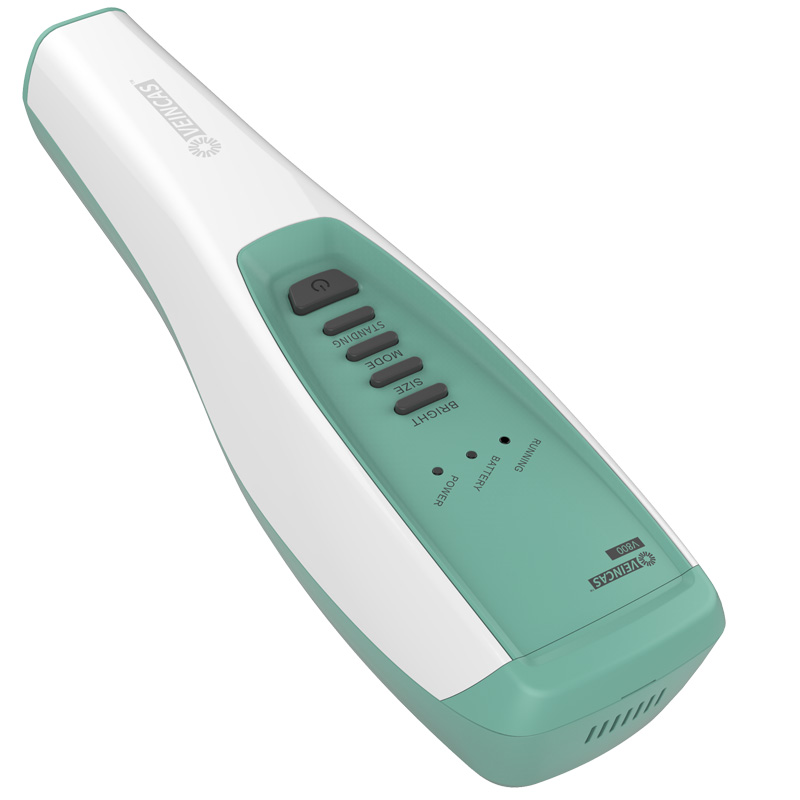 |
For many patients, venipuncture is one of the most stressful aspects of hospital care. Multiple failed attempts can cause unnecessary pain, bruising, and anxiety, particularly in children, older adults, and those with difficult veins. Vein visualization devices address these issues by projecting or displaying clear vein maps directly on the skin, enabling clinicians to identify the most suitable site before inserting a needle.
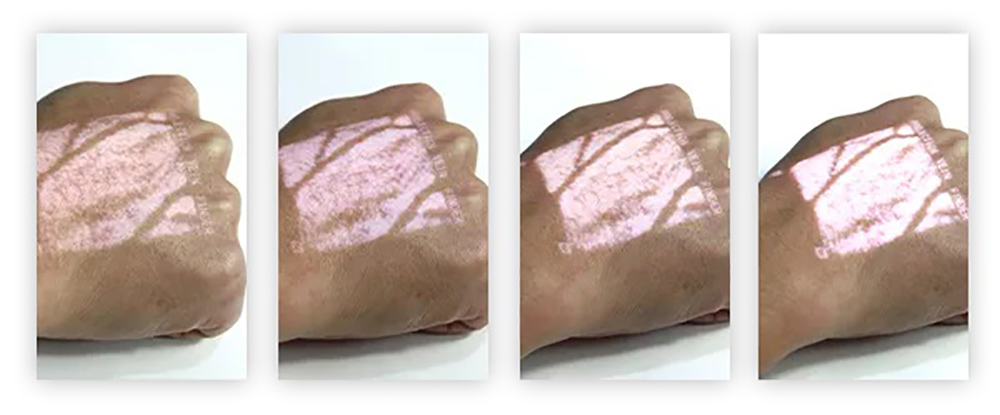
With a projection vein finder, clinicians can perform procedures faster and with fewer punctures, which not only improves physical comfort but also enhances psychological reassurance. A smoother experience builds patient confidence and trust, while consistent first-stick success helps healthcare facilities demonstrate quality and compassion in care delivery. In pediatric, oncology, and geriatric departments—where vascular access is often challenging—this improvement can significantly elevate the overall care experience.
Every missed vein or failed attempt increases the risk of complications such as infiltration, phlebitis, or infection. By providing real-time visualization, infrared vein finder technology enhances the precision of needle placement and allows clinicians to avoid fragile or branching veins. This reduces the likelihood of tissue damage and promotes faster recovery.
Clinical studies have shown that hospitals using vein visualization systems report notable improvements in first-attempt success rates—often exceeding 90%—and a significant drop in IV-related complications. In critical areas such as intensive care, emergency medicine, and oncology, this level of accuracy is vital for both patient safety and procedural efficiency. By reducing errors and improving control during venous access, visualization technology directly supports evidence-based, high-reliability healthcare.
Time is one of the most valuable resources in any clinical environment. Traditional venipuncture methods can consume several minutes per patient, especially when multiple attempts are required. Implementing vein visualization devices allows healthcare staff to locate veins quickly and perform successful insertions on the first try.
This efficiency translates to higher patient throughput, better use of clinical resources, and reduced labor costs. Fewer repeated attempts also mean less use of needles, dressings, and antiseptics—lowering overall material expenses. From an operational standpoint, the consistent success of vein access enhances staff confidence, decreases stress, and reduces burnout caused by difficult procedures. Over time, facilities adopting projection vein finder technology see measurable gains in productivity, patient flow, and satisfaction ratings.
Certain patient groups present major challenges for venipuncture. Obesity, dehydration, dark skin tones, or long-term IV therapy can make veins nearly invisible to the naked eye. Vein visualization technology solves this by detecting hemoglobin’s absorption of near-infrared light, highlighting veins that cannot be seen under normal lighting conditions.
In pediatric units, where small veins often move or collapse easily, a portable vein viewer medical device helps reduce trauma and increases success. In oncology and dialysis patients—whose veins may be scarred from repeated treatments—projection-based imaging ensures access with minimal tissue damage. Even in emergency departments, where speed and accuracy are critical, projection vein finders help clinicians secure lines more rapidly and deliver life-saving care without delay. The ability to visualize veins clearly across diverse patient populations improves both the reliability and inclusiveness of medical care.
Selecting the right vein visualization device depends on clinical needs and workflow demands. When evaluating systems, healthcare providers should consider:
Technology type – near-infrared imaging, projection mapping, or hybrid options depending on clinical use.
Image clarity – resolution, contrast, and refresh rate for precise vein tracking in real time.
Portability – compact, handheld, or stationary devices depending on mobility requirements.
Ease of use – intuitive controls and fast setup to minimize training time.
Hygiene and maintenance – seamless design for easy cleaning and infection control compliance.
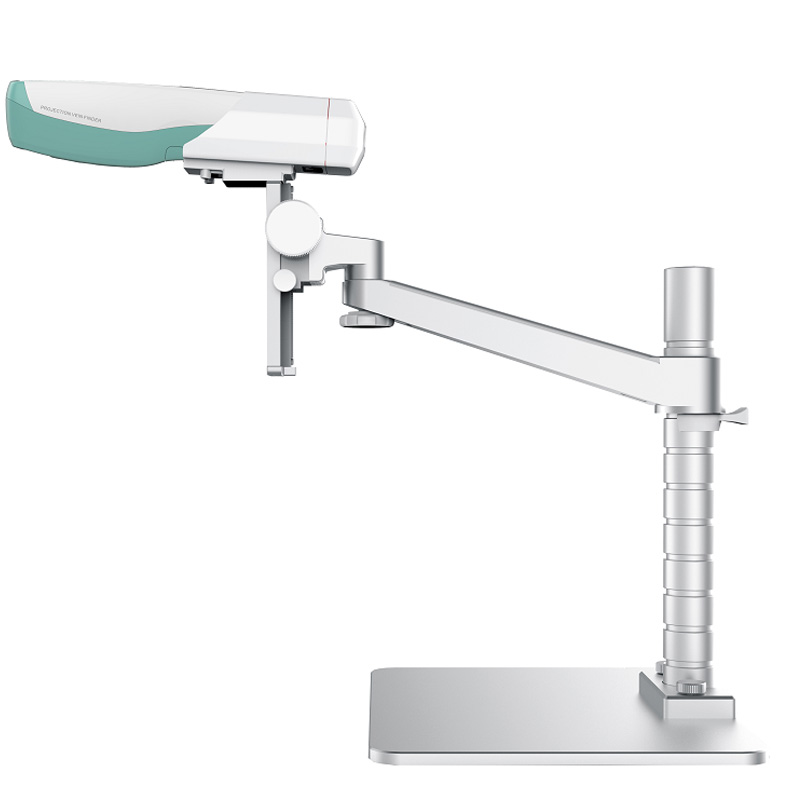 |
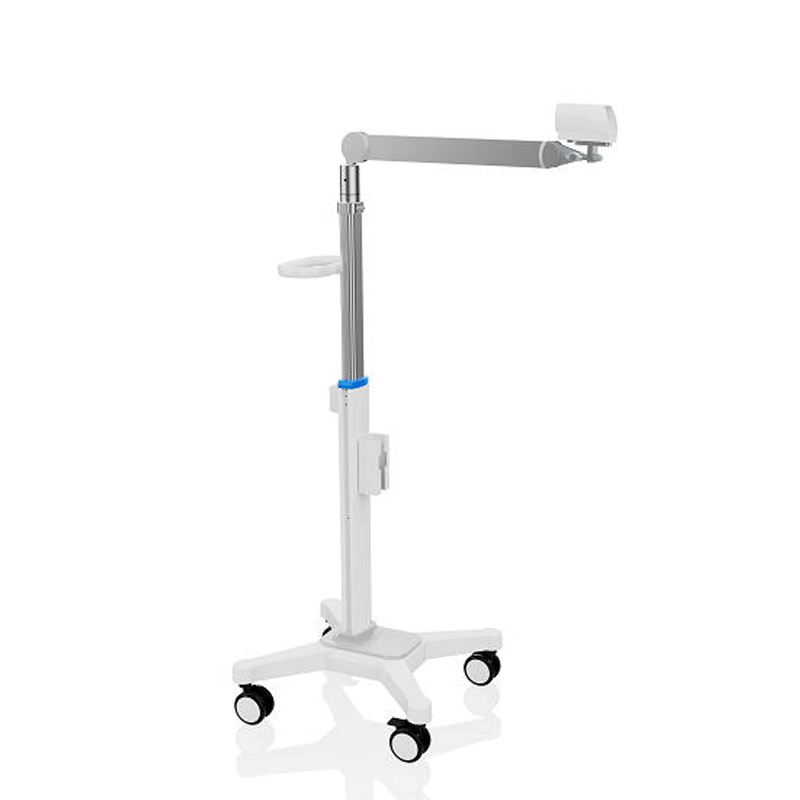 |
A well-chosen projection vein finder integrates smoothly into everyday operations, improving staff efficiency and procedural reliability. It provides consistent performance across departments, from emergency rooms to outpatient clinics, helping facilities maintain high standards of safety and care.
Vein visualization represents more than a technological upgrade—it’s a clinical advancement that directly improves patient outcomes. By reducing failed attempts, minimizing pain, and enhancing procedural accuracy, devices like the projection vein finder are reshaping the standard for vascular access.
They empower healthcare professionals to work with greater confidence, shorten procedure times, and deliver a safer, more comfortable experience for every patient. As the demand for precision and patient-centered care continues to grow, adopting advanced vein visualization systems will remain a vital step toward higher-quality, more efficient healthcare.
Leave A Message
Scan to WhatsApp :
